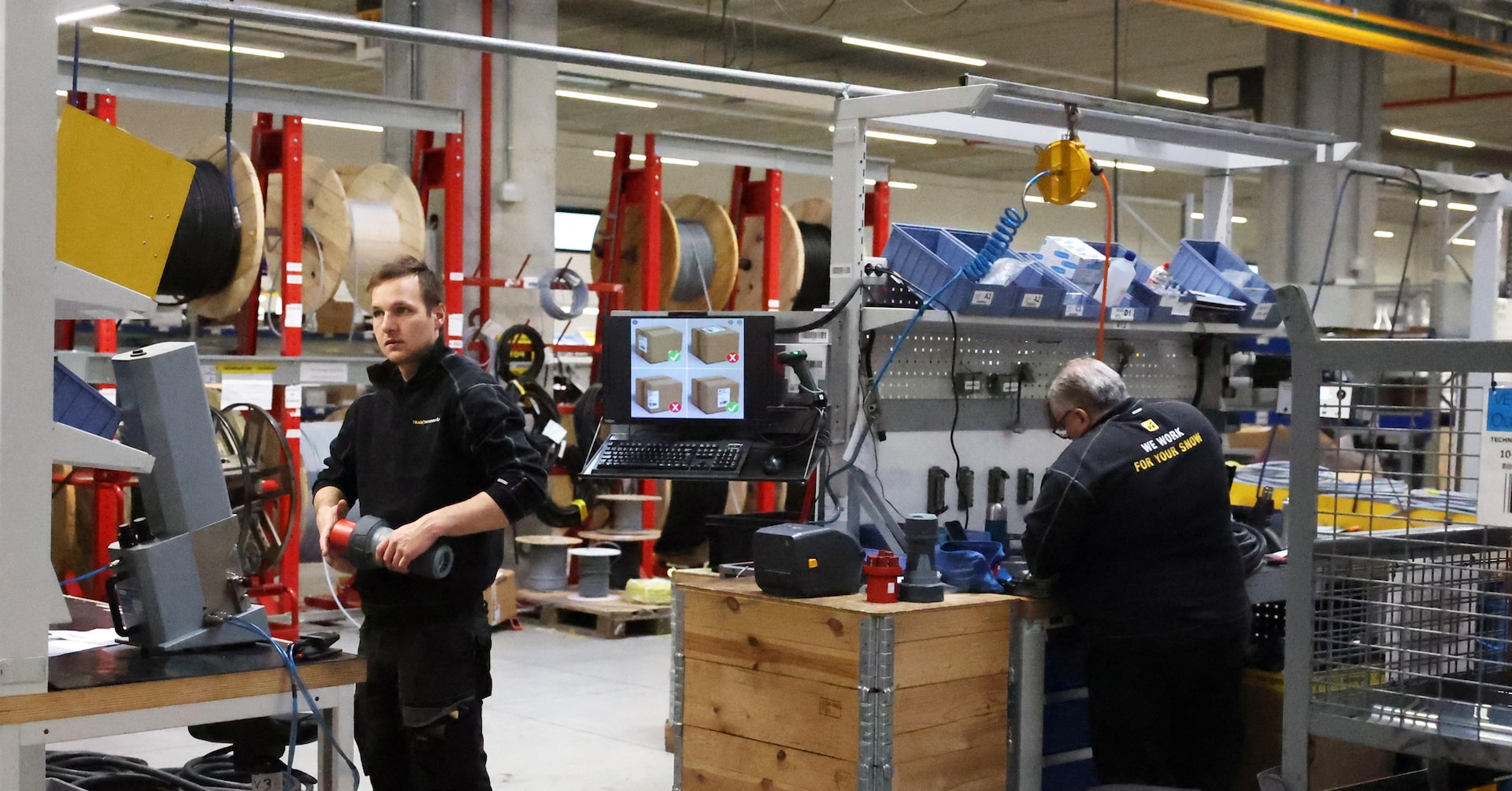Manufacturing Mood Lifts: Italy Sees Glimmer of Hope in April Economic Pulse

Italy's manufacturing sector showed promising signs of recovery in April, with a significant softening of its prolonged contraction, according to the latest survey results. The data brings a glimmer of hope to the Italian economy, which has been navigating through turbulent waters of global economic uncertainty and complex U.S. trade tensions.
The survey reveals a notable improvement in manufacturing conditions, suggesting that the country's industrial landscape might be turning a corner. Despite the ongoing challenges posed by international trade dynamics, Italian manufacturers are demonstrating resilience and potential for renewed growth.
While caution remains warranted, the April data points to a possible stabilization of the manufacturing sector, offering a tentative but welcome respite for businesses and economic planners. The easing of the contraction could signal the beginning of a gradual economic recovery, though the full impact remains to be seen in the coming months.
